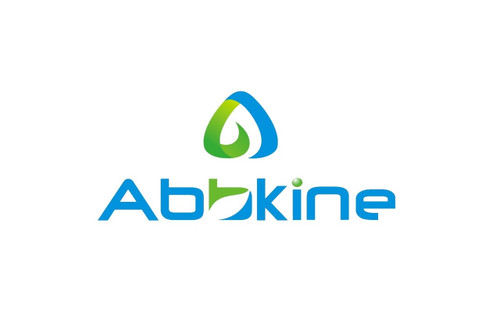Product Description
Human Potassium voltage-gated channel subfamily C member 2 (KCNC2) ELISA Kit | AE58473HU | Abebio
Species Reactivity: Human (Homo sapiens)
Abbreviation: KCNC2
Alternative Name: KV3.2; MGC138196; Shaw-related voltage-gated potassium channel protein 2
Application: ELISA
Range: 0.156-10 ng/mL
Sensitivity: 0.078 ng/mL
Intra-Assay: ≤4.8%
Inter-Assay: ≤7.8%
Recovery: 1, 1
Sample Type: Serum, Plasma, Other biological fluids
Detection Method: Sandwich
Analysis Method : Quantitive
Test Principale: This assay employs a two-site sandwich ELISA to quantitate KCNC2 in samples. An antibody specific for KCNC2 has been pre-coated onto a microplate. Standards and samples are pipetted into the wells and anyKCNC2 present is bound by the immobilized antibody. After removing any unbound substances, a biotin-conjugated antibody specific for KCNC2 is added to the wells. After washing, Streptavidin conjugated Horseradish Peroxidase (HRP) is added to the wells. Following a wash to remove any unbound avidin-enzyme reagent, a substrate solution is added to the wells and color develops in proportion to the amount of KCNC2 bound in the initial step. The color development is stopped and the intensity of the color is measured.
Product Overview: The Shaker gene family of Drosophila encodes components of voltage-gated potassium channels and is comprised of four subfamilies. Based on sequence similarity, this gene is similar to one of these subfamilies, namely the Shaw subfamily.KCNC2 belongs to the delayed rectifier class of channel proteins and is an integral membrane protein that mediates the voltage-dependent potassium ion permeability of excitable membranes. KCNC2 and KCNC3 genes are located on 19q13.3-q13.4. From the inheritance patterns of DNA restriction fragment length variants (RFLV) in recombinant inbred strains of mice, they placed the homologous loci on mouse chromosome 10.
Stability: The stability of ELISA kit is determined by the loss rate of activity. The loss rate of this kit is less than 5% within the expiration date under appropriate storage condition. The loss rate was determined by accelerated thermal degradation test. Keep the kit at 37°C for 4 and 7 days, and compare O.D.values of the kit kept at 37°C with that of at recommended temperature. (referring from China Biological Products Standard, which was calculated by the Arrhenius equation. For ELISA kit, 4 days storage at 37°C can be considered as 6 months at 2 - 8°C, which means 7 days at 37°C equaling 12 months at 2 - 8°C) .
 Euro
Euro
 USD
USD
 British Pound
British Pound
 NULL
NULL








